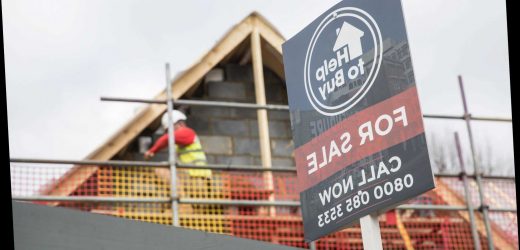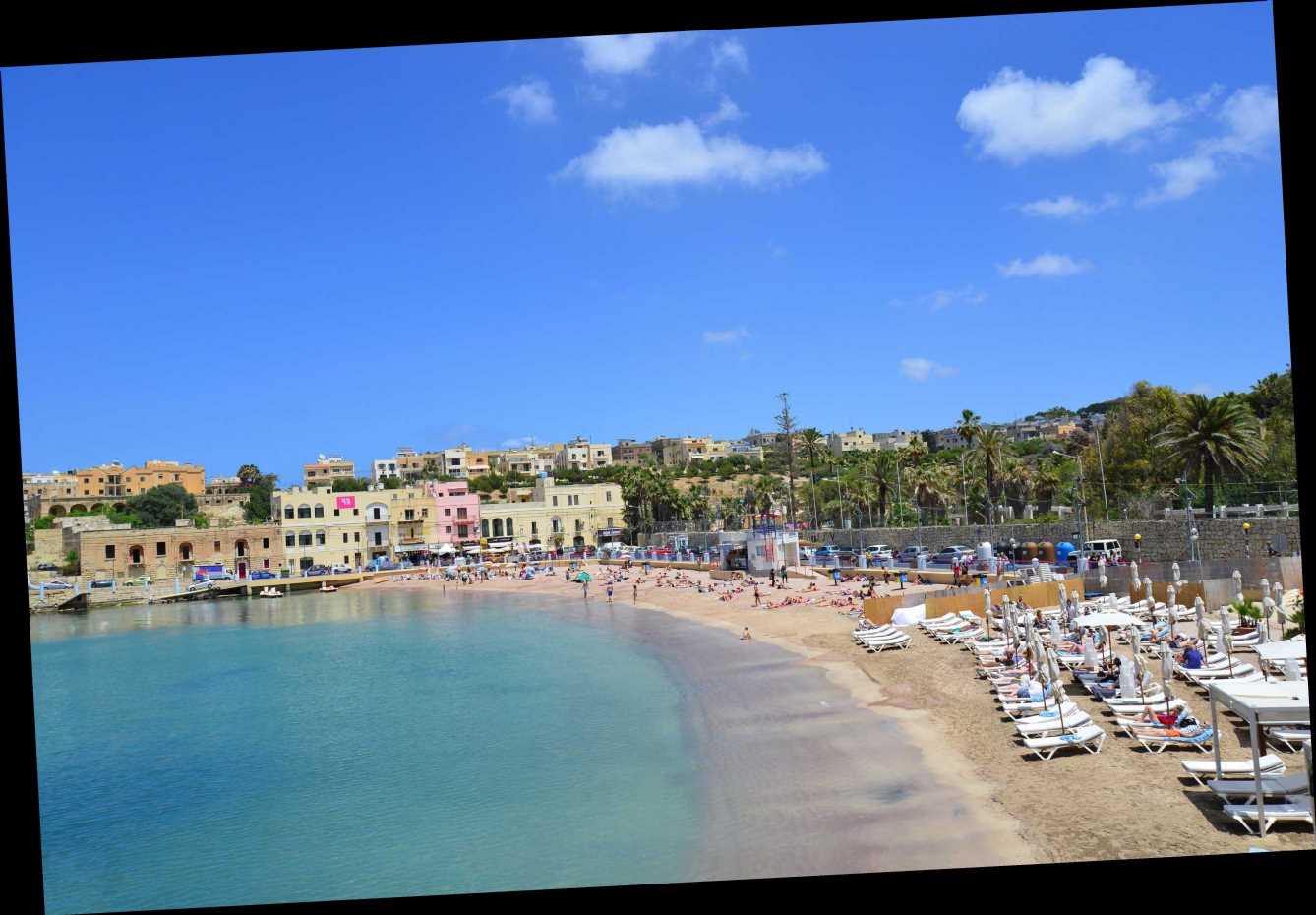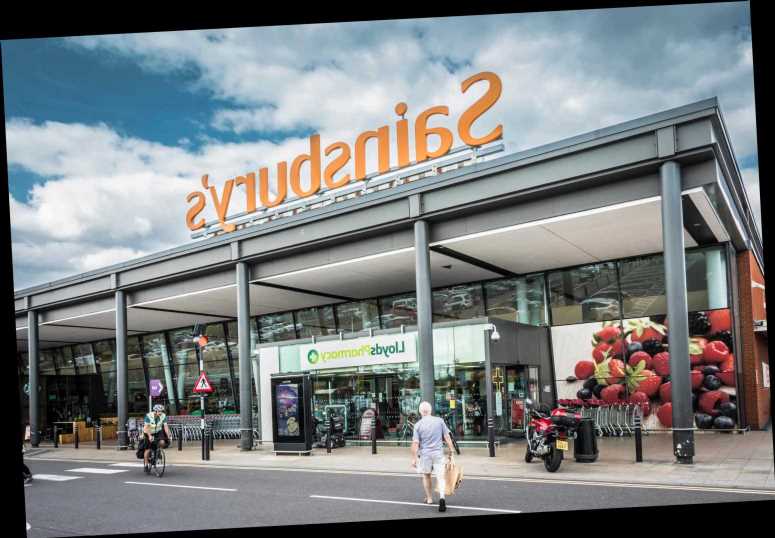FIRST-TIME buyers hoping to use the Help to Buy equity loan scheme to get on the property ladder will have to meet a new set of criteria from today.
The programme enables wannabe homeowners in England to purchase property with just a 5% deposit but new eligibility rules have now kicked in.
The old scheme closed to new applicants yesterday and buyers have until May 31 2021 to complete on the home to still be able to claim the support.
Under the latest version, the government will continue to lend owners up to 20% – or 40% in London – of the property value, interest-free, to lower the mortgage and increase affordability.
But it can only be used for new build homes worth the average first-time buyer purchase price in the area, meaning it varies depending on where you live.
The programme opened to new applicants in December last year and is now the only loan scheme the government offers to first-time buyers.
There are a number of key changes to the loans that you should know about before applying. Here's what they mean for you:
What is the new Help to Buy equity loan and how is it different?
Under the new scheme, the government will lend you up to 20% – or 40% in London – of the cost of a new build home.
You'll still need to fork out at least 5% of the total property value for a deposit and this time you have to get a mortgage for at least 25% or more to make up the rest.
Under the old scheme, the property value had to be worth less than £600,000 to be able to qualify for a loan.
But loans under the new scheme will be capped at 1.5 times the average first-time buyer property price by region in England.
This is to stop already wealthy first-time buyers using the scheme to purchase bigger homes.
For example, buyers in the North East will only be eligible for the help on homes worth less than £186,100, while those in the South East are limited to property worth less than £437,600.
The loan is interest-free for the first five years. After that, fees start at 1.75% and rise each year in April by the Consumer Prices Index (CPI) level of inflation, plus 2%.
There's also a £1 monthly management fee for the full term of the equity loan. The loan repayments are on top of your mortgage repayments.
You can either pay the loan off when you sell your home or at the end of the term, or add it to your mortgage when it's time to remortgage.
The loan is secured against your home, which means if you fail to make the payments the property could be repossessed.
The new loan is only available for first-time buyers buying new-build properties.
Second-steppers are no longer able to use a Help to Buy equity loan to buy a property.
How can I apply for a Help to Buy loan?
The new loans are now available for first-time buyers of new builds that will be ready between April 1, 2021 and March 2023.
You can look for eligible Help to Buy homes online or through developers.
Once you've found a property that meets the criteria, you might have to pay a fee (capped at £500) to secure it.
Then, when you've had an offer accepted, you'll need to go through a Help to Buy agent. You can find one near you on the Homes England website.
Buyers under the old scheme were only allowed to apply for new homes built by February 28, 2021.
What is stamp duty?
STAMP duty land tax (SDLT) is a lump sum payment anyone buying a property or piece of land over a certain price has to pay.
Up until July 8 2020, most house-buyers in England and Northern Ireland had to pay stamp duty on properties over £125,000.
This was temporarily increased to £500,000 until March 31, 2021 in the government's mini-Budget in July 2020.
The Chancellor extended the help until September 2021 in his Spring Budget.
The holiday will last in full until June, before being reduced to £250,000 from July.
The rate a buyer has to fork out varies depending on the price and type of property.
Rates are different depending on whether it is residential, a second home or buy-to-let, or whether you're a first-time buyer.
The usual system in England for residential properties means:
- First-time buyers pay nothing on properties below £300,000 (and relief available on properties of up to £500,000)
- You pay nothing if the property costs below £125,000
- You pay 2% if it is worth between £125,001 and £250,000
- You pay 5% if between £250,001 and up to £925,000
- You pay 10% if it is between £925,001 and £1.5million
- You pay 12% on anything over £1.5million
For second homes or buy to let properties:
- 3% on purchases up to 125,000
- 5% on purchases between £125,001 and £250,000
- 8% on purchases above £250,001 and £925,000
- 13% on purchases above £925,001 and £1.5 million
- 15% on purchases above £1.5 million
Stamp duty rates are different in Scotland and Wales.
But the deadline for completing on the sale remains at March 31, 2021, unless the construction of your home has been severely delayed.
In this instance, Homes England may give you until May 31, 2021 to legally complete, but this will be dealt with on a case by case basis.
What other options are there for first-time buyers?
There are a whole host of other schemes designed to help first-time buyers onto the property ladder.
For example, you may be able to get help through the shared ownership scheme.
Shared ownership lets buyers purchase a portion of the equity if they can't afford to take out a mortgage for the total value of the property.
They will still need to put down a deposit and can take out a mortgage for the part that they own, while they pay rent to the housing association that owns the remaining portion.
Currently, buyers need a to purchase a minimum 25% to be eligible but the government is looking at ways to drop this to 10%.
Savers aged between 18 and 39 can also get up to £32,000 towards their first home from the government if they save into a Lifetime Isa.
If you've already opened a Help to Buy Isa, you will still be able to get the government bonus of up to £3,000 until 2029. These accounts closed to newcomers last year.
In October, Boris Johnson vowed to "turn Generation Rent into Generation Buy" and help get millions of Brits on the property ladder with a new 5% deposit mortgage scheme.
What is the mortgage guarantee scheme?
The new mortgage guarantee scheme will see the government back mortgages for buyers with a deposit of just 5% on homes worth as much as £600,000.
It means that if the borrower is unable to pay one month, the state will pick up the bill – although it is highly likely there will still be repercussions for borrowers if this happens.
The scheme will slash the minimum amount first-time buyers need to purchase their own home in half.
House buyers will need just a £10,000 deposit – instead of £20,000 – to be able to afford a £200,000 home.
It was announced in the Chancellor's 2021 Budget and will launch this month and will be available for new mortgages up to December 31 2022.
All buyers can fix their initial mortgage rate for at least five years if they choose to do so.
Mr Sunak announced that a number of the UK's largest lenders including Lloyds, NatWest, Santander and Barclays will be offering the mortgages from next month.
Other banks, including Virgin Money, would offer the loans "shortly after", he added.
Source: Read Full Article




